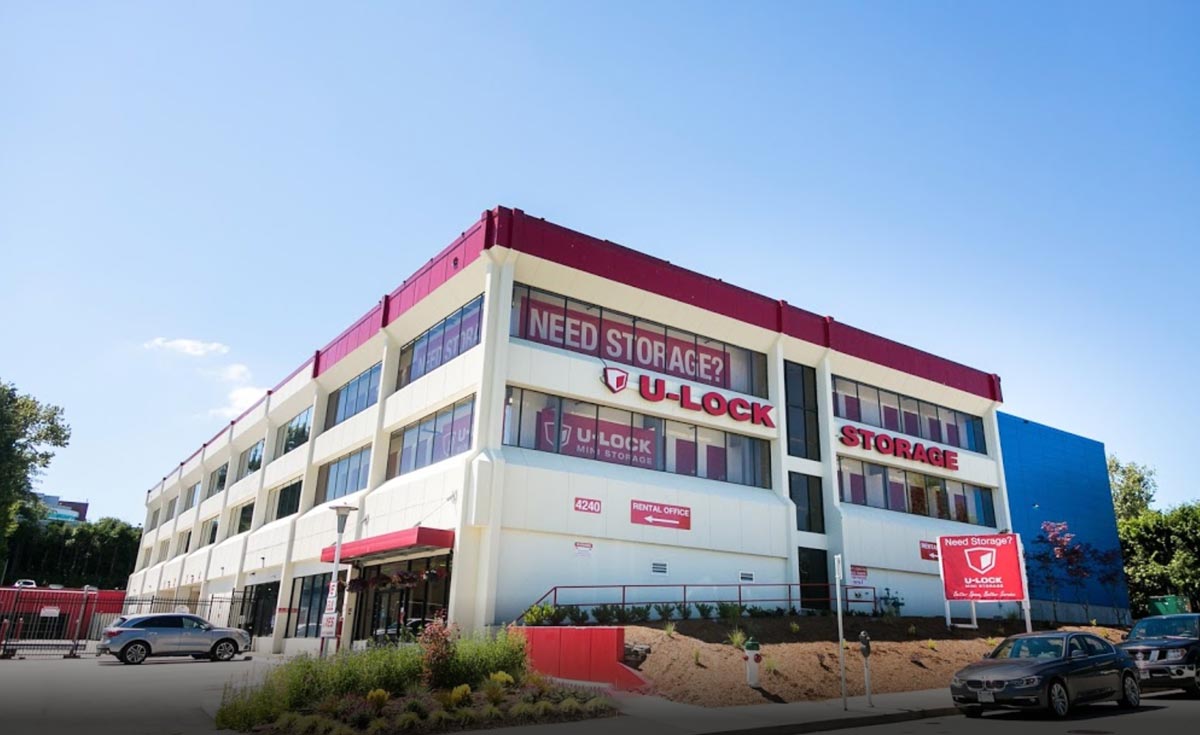Choosing the right type of moving boxes is integral to ensuring a smooth storage process. Moving and storing your belongings in robust and suitable moving boxes helps make sure that your items are protected during the moving and storage periods.
To help you select the right types of moving boxes, we’ve come up with different moving boxes you can select, and their differences.
Cardboard Boxes
Most of the time, when you think of storage boxes, you think cardboard. Cardboard boxes are the box of choice for many moving and storage situations because they are inexpensive, light, and easy to pack, stack and label. Additionally, when they are no longer needed, they can be easily recycled or broken down for future use.
Plastic Bins
Plastic bins are excellent boxes for storage because they can be easily stacked, and they can better protect your belongings from moisture, heat and anything else that might be trying to get inside. You do not have to worry about packing tape, since plastic bins are self-sealing. While they are more expensive than cardboard boxes, they are relatively more resistant and you can use them for much longer.
If you are renting for short-term storage, you may not want to spend on plastic bins, especially because you will not be able to break them down to store them when they are not in use. On the other hand, if you are seeking long-term storage, plastic bins are a great choice, especially if you are not planning to store them in a temperature-controlled storage unit.
Specialty Boxes
For belongings that are particularly fragile or valuable, consider using specialty boxes, which are specifically designed to safely store a particular type of item. Specialty boxes are useful for everything from storing dishes and holiday decorations, to art and flat screen TVs, and they are available in both cardboard and plastic varieties. One of the biggest benefits of using specialty boxes for storage is that they make difficult things easier to pack, with inserts that keep items from moving and shifting around. They are a bit more expensive than traditional boxes, but they offer added value in convenience and security.
In addition to understanding different box types and their suitability based on your storage needs, it is important to be aware of the various box sizes and select the ones that are best suited for you.
Small Boxes
A standard small box is about 16 x 12.5 x 12.5 inches, or 1.5 cubic feet. They are good for packing up small, heavy items, such as books, that might add too much weight to a larger box with more items in it. They can also be suitable to pack fragile items like dishes and vases. Most small boxes can safely hold up to 60 pounds, but to be safe, it is generally advised not to pack boxes heavier than 50 pounds.
Medium Boxes
A standard medium box is about 18 x 18 x 16 inches, or 3 cubic feet. Use these to store bigger items that do not have to be packed tightly, including clothing, pots and pans, and toys. A medium box can safely be packed up to about 65 pounds.
Large Boxes
A standard large box is about 18 x 18 x 24 inches, or 4.5 cubic feet. They are good for things like linens and blankets, lamps and small kitchen appliances. While these are bigger than medium boxes, they have about the same weight capacity at 65 pounds, so do not overpack them.
Extra-large Boxes
A standard extra-large box is about 24 x 18 x 24 inches, or 6.1 cubic feet. They can carry up to about 70 pounds, but if you fill them up too much they will be extremely difficult to lift, so keep that in mind when packing them. Store the items that do not fit as readily in smaller boxes, like pillows and comforters, winter coats and larger kitchen appliances.
Wardrobe Boxes
A wardrobe box is specifically intended for the easy storage of clothing, and has a bar across the top where you can hang items instead of having to fold them. They come in small, medium, and large sizes – choose your size(s) based on the amount and size of the clothing you will be packing. You can also utilize the bottom of the wardrobe box to store shoes, purses, sweatshirts, or anything else that does not add too much weight.
Do you need moving boxes or moving supplies for your next move or storage? Check out our moving supplies! We offer everything from duct tape and cardboard boxes to foam peanuts!










